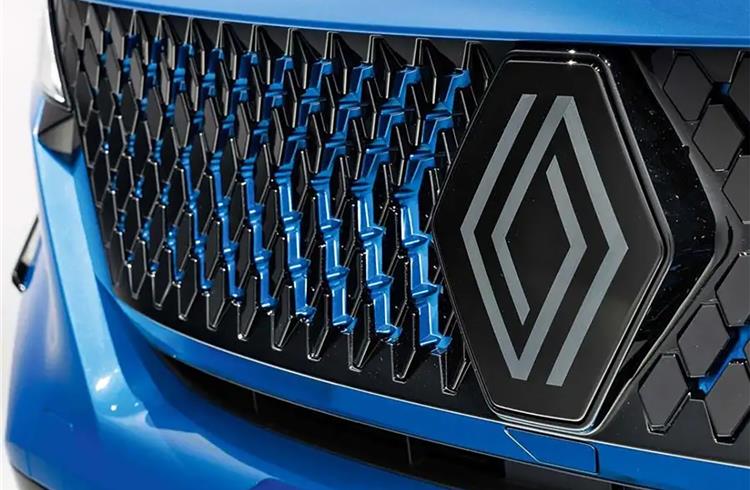Chrome plating, a staple for enhancing cars’ premium aesthetics, faces a potential ban as health risks tied to hexavalent chromium production escalate. Known to cause chronic lung cancer, the airborne emissions during plating have been linked to toxicity levels 500 times higher than diesel exhaust.
In response, the EU has proposed a ban effective from 2024, with California and other regions considering similar restrictions. Given their status as significant car markets, this move could substantially reshape automotive design unless equally adept alternatives emerge.
While hexavalent chromium has been synonymous with silver-finished car components, its reach extends to household items like kitchen sinks and rust-resistant aircraft parts. Gilles Vidal, Chief Designer at Renault, advocates for adopting new perspectives and materials beyond chrome. He cites Renault’s use of slate and cork finishes, along with 60% recycled Alcantara, as potential sustainable replacements.
The proposed ban has prompted industry-wide reconsideration of chrome plating, encouraging exploration of greener alternatives. As health concerns prompt change, the future of car aesthetics and material choices hangs in the balance, spurring innovation toward more sustainable design practices.



